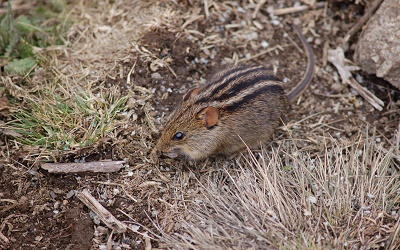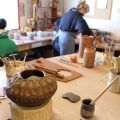PTE考生目前最大的问题之一就是练习题缺乏。除了有限的基本官方书(PLUS,Testbuilder, OG)之外,就没有题了。很多英语基础不是很扎实的同学很难找到练习材料。墨尔本文波雅思PTE培训学校专门为墨尔本,悉尼PTE考生准备了PTE练习的lecture 93篇。各位PTE同学可以练习阅读,练习记笔记技巧,可以练习复述,甚至可以练习describe image。废话少说,下面开始:
Human populations near the equator have evolved dark skin over many generations because of exposure to the fierce rays of the Sun. A similar phenomenon has also occurred in other parts of the animal kingdom. The African grass mouse is a good example. Most mice are nocturnal, but the African grass mouse is active during daylight hours. This means that it spends its days searching for food in the semidry bush and scrub habitats of eastern and southern Africa. Its fur is striped, like a chipmunk‘s, which helps it blend in with its environment. Because it spends a lot of time in the intense tropical sun, the grass mouse has also evolved two separate safeguards against the Sun’s ultraviolet radiation. First, like the populations of humans in this region of the world, the skin of the grass mouse contains lots of melanin, or dark pigment. Second, and quite unusual, this mouse has a layer of melanin-pigmented tissue between its skull and skin. This unique “cap” provides an extra measure of protection for the grass mouse and three other types of African mouse-like rodents that are active during the day. The only other species scientists have identified with the same sort of skull adaptation is the white tent-making bat of the Central American tropics. Although these bats sleep during the day, they do so curled up with their heads exposed to the sun.
【生词摘录】
1. nocturnal: adj. 夜行的,夜间活动的
2. scrub: n. 矮树,灌丛
3. fur: n. 毛皮
4. stripe: v. 划条纹
5. chipmunk: n. [C]花栗鼠
6. tropical: adj. 热带的
7. ultraviolet: adj. 紫外线的
8. melanin: n. [C]黑色素
9. pigment: n. [C]色素
10. tissue: n. [C]【生】组织
11. skull: n. [C]头骨





